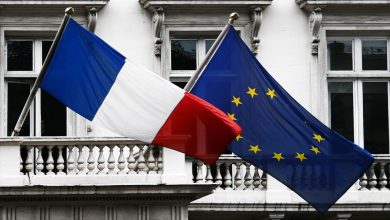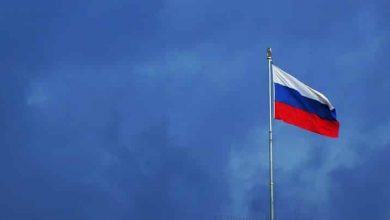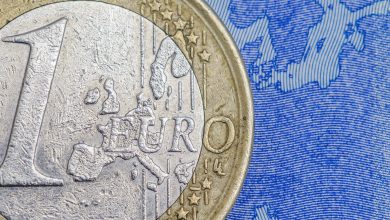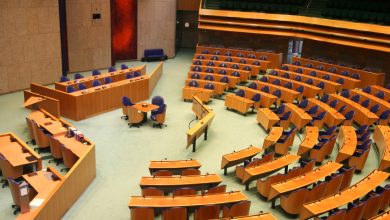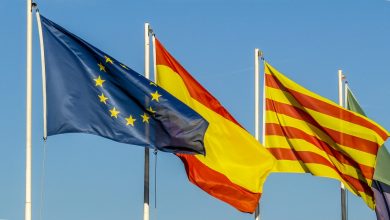Beyond the Communist Appearance: Transnistria
The duality of communist symbols and nationalism

To those who know Transnistria, the main image that comes to mind is the hammer and the sickle. This small break-away state within Moldova appears to be the last stronghold of communism in Europe. Their flag is the only constitutional flag in the world proudly displaying the hammer and sickle. The state’s coat of arms is unmistakably similar to those of the ex-socialist republics of Europe. Furthermore, their parliament is called the Soviet Supreme and symbols are common on the streets. However, do not let the looks deceive, as the reality is entirely different. “Wild West capitalism”, “exploitative capitalism” or “Republic of Sheriff” are the names given to the state by some of its own citizens.
Transnistria is a breakaway state located de jure within Moldova’s borders, on the banks of the Dniester river close to the Ukrainian border. The de-facto state of 500,000 citizens possesses everything to be considered as a country, except for international recognition. It is only recognised by three other unrecognised territories: Abkhazia, South Ossetia and Arstakh.

History
Under the USSR, 40% of Moldova’s GDP came from Transnistria, with a standard of living twice as high as that of Bessarabia.
Moldova declared its independence during the dissolution of the USSR. The leaders of the country re-introduced the Latin alphabet and acknowledged the country’s cultural ties with Romania. Russian was banished as an official language, and this decision was sparked a conflict beginning in March 1992. In July of the same year, a ceasefire was signed, and remains in place until today. Russia has kept about 1,000 troops along the demilitarised zone as a peacekeeping force. However many Moldovans see this as a foreign aggression on their land.
In 2006, further normalisation talks between Moldova and Transnistria began, without successful results. The same would occur in 2011; despite the implication of the OSCE (Organisation for Security and Cooperation in Europe) in the talks, and with the US and the EU as external observers. In 2014, after the Crimean annexation from Russia, the president of the Transnistrian parliament, Mikhail Burla, officially asked Russia to annex Transnistria. The demand was never met.

Politics
Despite being called the Soviet Supreme, the national parliament has nothing to do with communism. Although clearly far from perfect with important voting fraud, the election system is considered to be democratic, and allows multiple parties from across the political spectrum to run, unlike communist states.
The Soviet (Council in English) is composed of 43 seats. 35 of these seats belong to the Renewal party, a nationalistic centrist party, for only 1 seat owned by the Pridnestrovie Communist Party (Marxism-Leninism). The communist party has not been in power for over a generation, and the only communist deputy is, as of today, in jail for violence against police officers during a protest. In an ironic comparison, the communist party of Moldova was part of the majority in the parliament from 2001 to 2009, which is has now been replaced by the Party of the Socialists (far-left) as the largest party in the 2019 elections.
The Economy
The economy is much closer to free-market socialism than to anything communist. While the state offers free healthcare, education and a subsidised transport system, they also have a flat tax rate of 10%. Some citizens call it “Wild West capitalism”, as business is unrestricted and everything is for sale. There are so few regulations that crypto mining has bloomed in the region. In a place where it is impossible to get the national currency from an ATM due to its international inexistence, where it is impossible to pay by card and where cryptocurrency is thriving, where corruption is rooted everywhere, it is without surprise that it has fostered the creation of a black market. Not only that this black market eases the lives of everyday citizens, but it also plays a huge role in arms trafficking and money laundering, for which the Transnistrian government is directly accused of.
Sheriff, the biggest Transnistrian company, is suspected of mass money laundering on behalf of the Transnistrian government, which makes most of its profits through arms manufacturing with its high-security plants. The company owns almost everything in the region: petrol stations, supermarkets, a television channel, construction company, etc. The best football team in the country is funded by the company. It was originally on behalf of the first president of the country, Igor Smirnov, and now controls all the region’s political and economic life. The current president, Vadim Krasnoselsky, was backed by Sheriff during the electoral campaign, effectively securing him the seat of president.
All the indicators shift towards an oligarchy rather than a communist regime.

Nationalism and Transnistria
Using communist symbols is far from being considered hypocrisy. It is an essential part of Transnistrian identity. The hammer and sickle became a nationalistic symbol to glorify the past and to differentiate it from the rest of Moldova. Stores sell busts of Stalin and Putin simultaneously and colonels such as Igor Nebeygolova proudly display the USSR flag alongside the flag of Imperial Russia. What seems to be schizophrenic, is in fact that the symptom of a nationalistic identity is that it misses its glorious past.
During the war, the Transnistrian mass media portrayed the conflict as a “sacred war against the genocide by nationalistic Moldovans”. The collective memory is the one of “a war for truth, justice and independence”. The techniques are the same as those used by media in ex-Yugoslavia during the Yugoslavia wars. Politicisation of education played a crucial role in the creation of the Transnistrian identity. This was evident for the leaders who forcibly closed all Romanian-speaking schools in the region; effectively increasing the gap between the region and Moldova. The EU and the OSCE denounced this act as a linguistic cleansing, leading to economic restrictions on Transnistria and a travel ban for all the leading elite.

The Transnistrian Identity Crisis
Historically however, the arguments supporting the independence of Transnistria are not wrong. Bessarabian Moldova has always been under the sphere of influence of Romania, while the Transnistrian Moldova has had strong Russian influence. Moldova had always been a very heterogeneous region, and Russian acted as a common language for a long time. When the USSR fell, the elites wanted to stay in power and effectively used identity and culture to foster this nationalism. The big difference between Moldova and Transnistria is that Transnistria defines its identity very clearly, unlike Moldova. The breakaway state feels part of the Russian sphere of influence and there is no doubt there. Moldova remains today split about its own identity. Are they Romanians or Moldovans? Are they closer to Europe or closer to Russia? These questions remain unanswered and split the political landscape.
However, “identity doesn’t fill your stomach” according to a Transnistrian citizen with the question of identity slowly losing its grip. Even though the region survived on its own with Russia’s economical help, it becomes harder to be ostracised as such by the rest of the continent. Goodwill has emerged from the north side of the Dniester. The current president is pleading for closer ties with Moldova and has suggested the option of federalising the country. The hope for the Sheriff Republic is to be able to export its goods without all the current limitations of being unrecognised.

